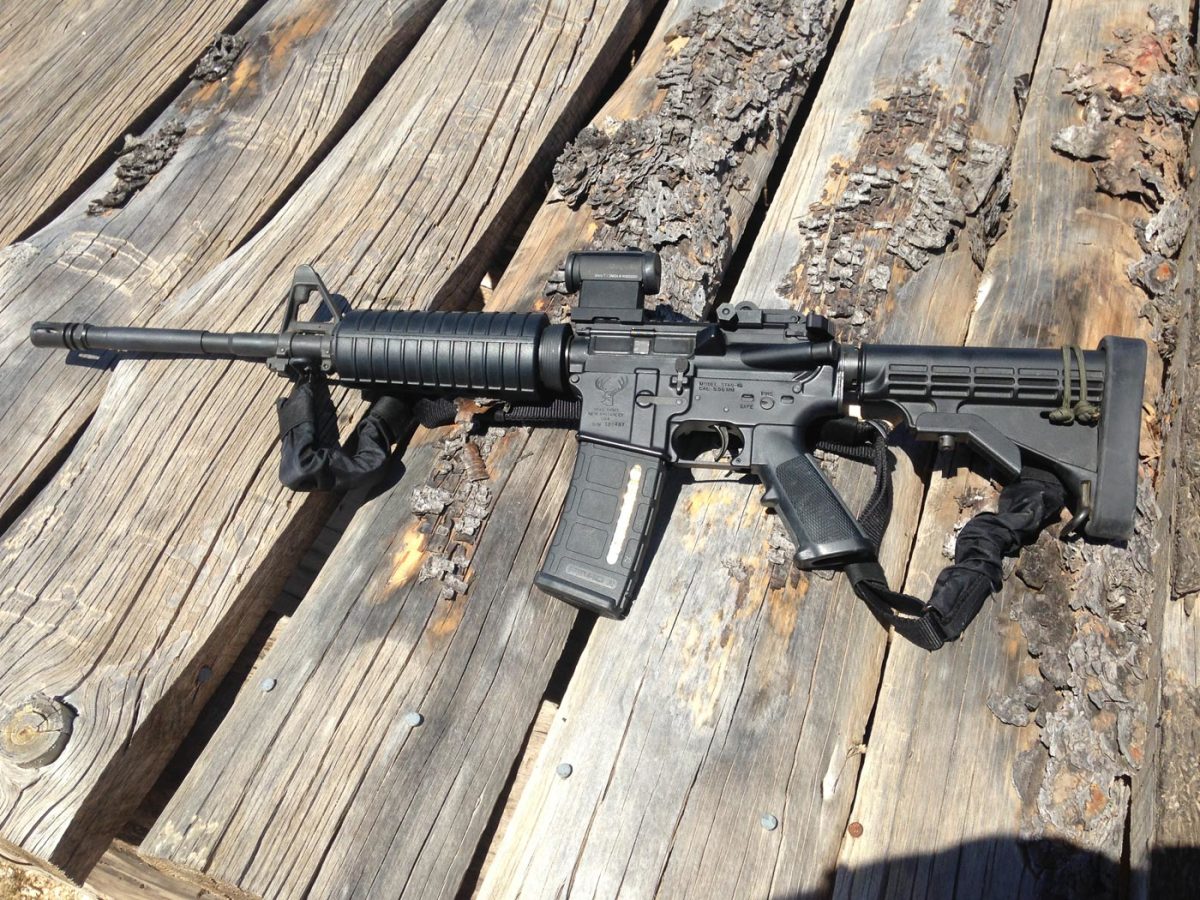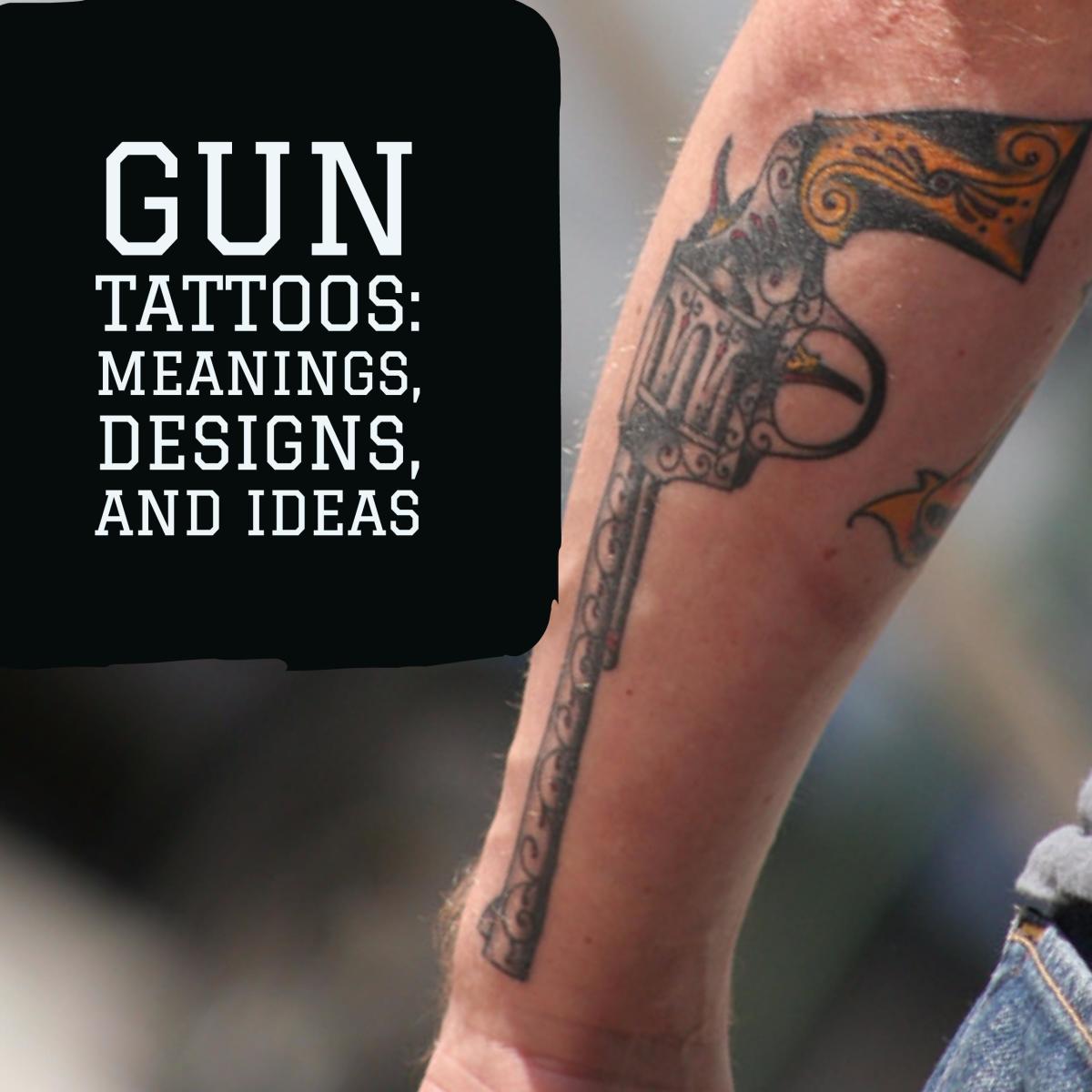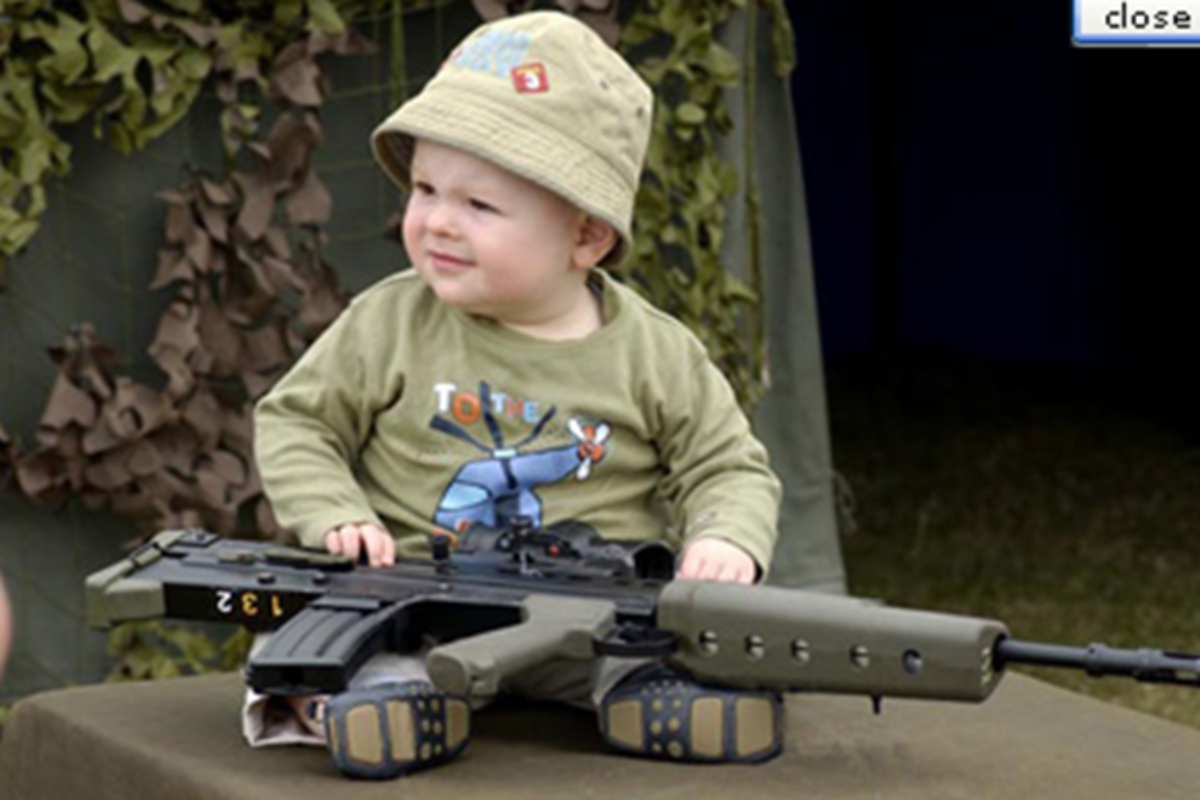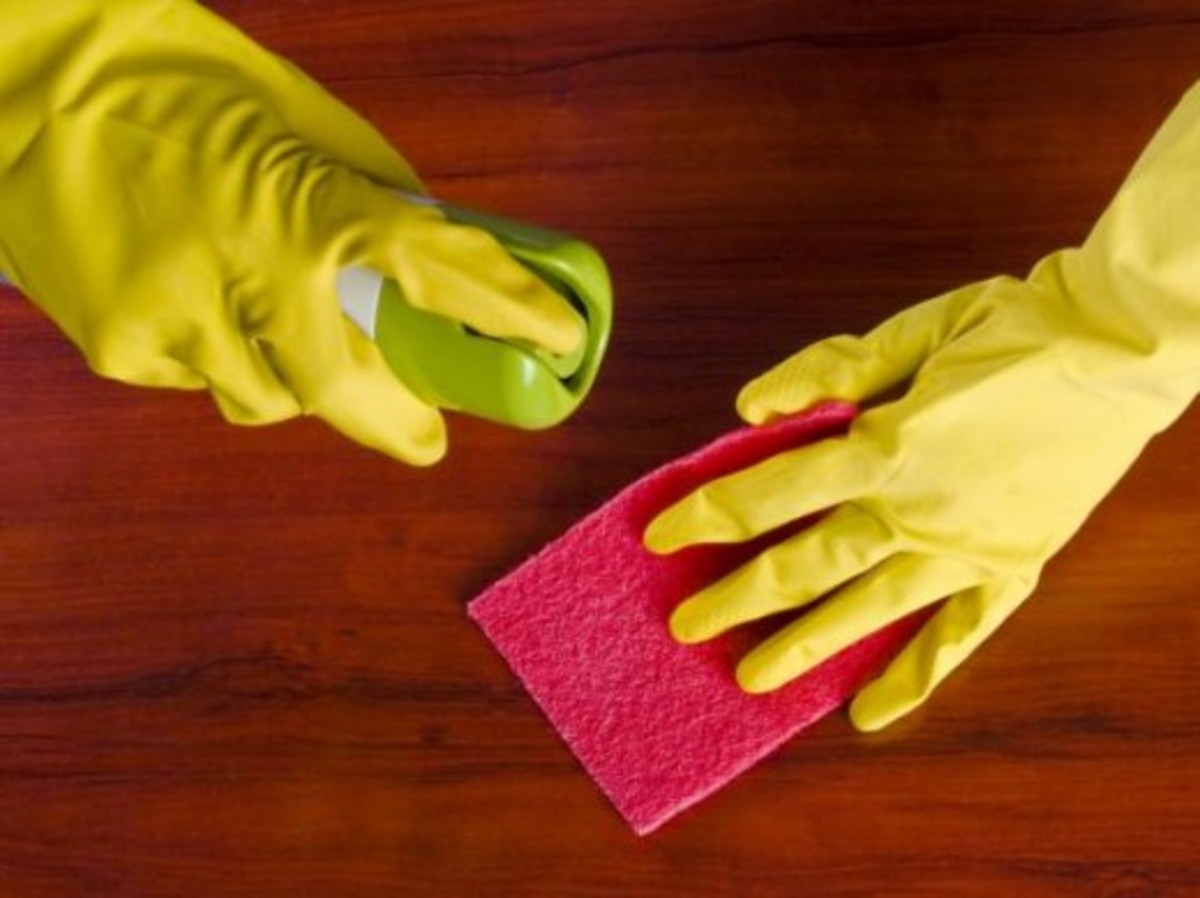Guns - Tools for Protection or Evil Instruments of Death?
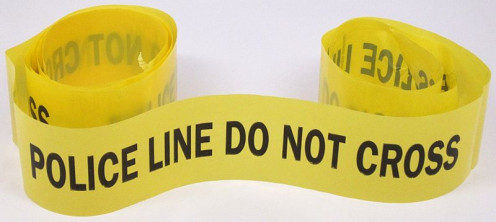
Guns in the News
Mass shootings, mall shootings, school shootings. It seems that a day doesn’t go by without some type of gun-related violence making the headlines. Times when a gun is used to help rather than harm almost never make the news. Does that mean that guns are always used for evil and never used for good?
Like everything else in life, the answer is rarely 100% clear-cut. Life is not black and white, but is rather a set of grays.
Guns for Good?
In the wake of the Sandy Hook Elementary School shootings in December 2012, President Obama signed an Executive Order that formed the “Committee on Priorities for a Public Health Research Agenda to Reduce the Threat of Firearm-Related Violence”. On page 25 of the committee’s 110 page report was the finding:
“Almost all national survey estimates indicate that defensive gun uses by victims are at least as common as offensive uses by criminals, with estimates of annual uses ranging from about 500,000 to more than 3 million.”
There are news reports of the criminal use of firearms every day. If the defensive use of guns is at least as common as offensive criminal use, why don’t we see this reported in the news?
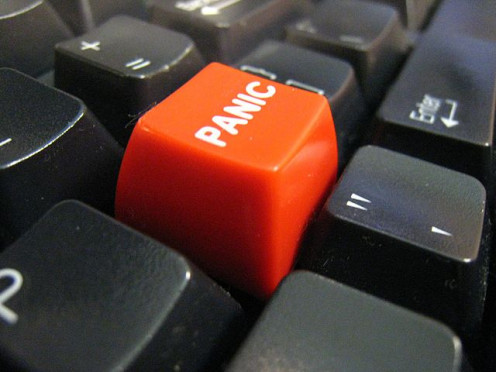
If It Bleeds, It Leads
News, whether print, broadcast, cable, or Internet, is a money-making industry. As such, the reporting is often sensationalized to attract more viewers. (Case in point - Note the “Evil Instruments of Death” in the title of this article.)
Stories that instill fear, worry, and anger attract viewers and, therefore, advertising revenue. One reason why this is so effective is that people naturally take more notice of things that they consider a threat rather than a benefit. Safety issues have more immediate repercussions and so are more noticed and closely watched.
The fast pace of reporting often leads to inaccuracies that might be avoided if more time was spent verifying the facts. Corrections may be issued later, but they’re seldom noticed.
Positive Stories
There are sometimes news articles about guns being used responsibly for protection, but these rarely get national attention. The following are some examples from 2013 in the United States. In all of these cases, the gun was legally owned and person who fired in self-defense was not charged with any crimes.
The NRA (National Rifle Association) publishes 5-10 stories like these every month in their American Rifleman magazine. However, the examples that follow are all from newspaper articles, not the NRA.
Note that a gun being used defensively does not necessarily mean that anyone was killed or injured. In many cases, no shots are fired at all. The act of the defender drawing a gun usually surprises the attacker, who would prefer a victim who is unable or unwilling to defend themselves. Seeing the defender armed often ends the attack and causes the attacker to leave the scene (often at a run).
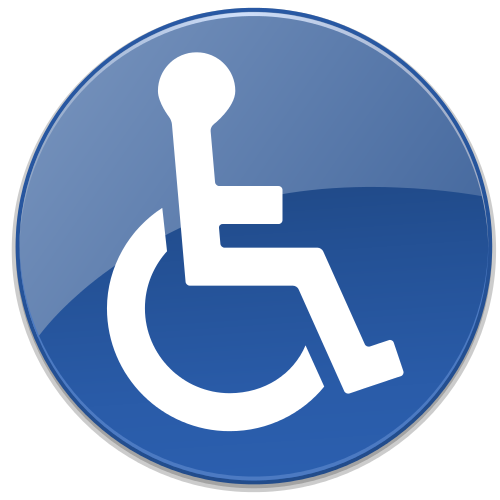
Example 1
In June 2013, a 72 year-old grandmother in Southern California used a gun to protect herself and her husband, an 85 year-old World War II veteran in a wheelchair, from an intruder trying to break into her home at 12:30am. The intruder, who had other burglary and narcotics charges on his record, was on parole and staying at a nearby halfway house.
The homeowner had called police, but as is often the case, they were unable to arrive in time. The woman fired at the intruder as he opened the door. He was not hit and fled the scene. He was arrested shortly after the incident.
The homeowner’s gun was legally purchased and registered 20 years earlier.
Example 2
In May of 2013, a 19 year-old man pointed a gun at a homeowner while attempting to break into a house in Rosenberg, Texas at around 11:00 PM. The homeowner defended himself by shooting the intruder. The intruder faces multiple charges include unlawful possession of a firearm by a felon. The homeowner was uninjured and is not facing any charges.
Example 3
In November 2013, two masked men armed with handguns attempted to rob the Krick’s Korner convenience store in Reading, Pennsylvania. An alert citizen noticed the robbery taking place. When the robbers exited the store, the citizen told them to stop and that he was calling the police. They drew their guns, which turned out to be stolen, and attempted to assault the citizen. He drew his own legally-owned weapon and was able to fatally shoot both robbers before they could shoot him.
Berks County District Attorney John T. Adams said, “I think that this is an incident where the concerned citizen acted justifiably under the law”. The concerned citizen was not named and is not facing any charges.
Example 4
In October 2013, a Yorba Linda, California family was awakened in the early morning by a man screaming in their front yard. The man was making threats and said there were five more people out front who were going to harm them. The homeowner called the police, but the man broke through a glass door before the police arrived. The homeowner, whose wife and baby were in the home, shot and killed the intruder.
The intruder’s relatives told police that the man had been hallucinating at a party the previous evening and had made several strange comments about zombies. He said that he needed or wanted a gun and then left the party.
Local authorities said that the homeowner would not be charged because it was an act of self-defense.
Example 5
In November 2013, Charles Carlson, 75, was awakened at 2 PM by noises coming from the kitchen of his farmhouse in Sandstone, Minnesota. When he went to investigate, 23 year-old Gypsy Watts stuck a loaded revolver in his face. Carlson pretended to be blind and hard-of-hearing. That lowered Watts’ guard long enough for Carlson to arm himself with his own 9mm handgun.
Carlson ordered Watts to get on his knees and put his hands behind his head. He did this at first, but then stood up and started moving towards Carlson. Carlson shot Watts in the leg in self-defense. Watts ran out of the house, but then turned and reached for his gun again. At this point, Carlson fired a shot that proved to be fatal. Watts’ 16 year-old accomplice turned himself in to authorities the next day.
Preliminary investigations did not find any wrong-doing on the part of the homeowner.
Do you think that guns are used more for good or for evil?
Gun Deaths by the Numbers
In 2007, there were an estimated 294 million guns in the United States. There were 106 million handguns, 105 million rifles, and 83 million shotguns. That number is estimated at 310 million today. There’s no way to know the exact count for certain .
According to the CDC (Center for Disease Control), in 2011, there were 32,163 gun-related deaths in the United States. Of those, 19,766 were suicides and 11,101 were homicides. I don’t have the numbers about how many of those were justifiable or committed with legally-owned guns. No matter what, those are big numbers.
However, comparing 310 million guns to 11 thousand homicides implies that maybe the numbers aren’t as bad as they sound. Even if every homicide was committed with a different gun (which we know isn’t true because of the highly publicised “mass shootings”), that means that 309,989,000 guns (99.99645%) were not used to kill anyone that year.
Good or Evil?
Guns are inanimate objects; they are neither good nor evil. They can be used as tools for either purpose. It all comes down to the intent of the person wielding the tool. An evil person will use the tool for evil purposes and a good person will use it for good purposes.
Despite the impression that news outlets may push, good people still outnumber the bad.
Related Information
Basic Rules of Safe and Responsible Gun Handling
These gun safety tips will help you understand how to handle firearms in a safe and responsible manner.



